~Welcome to Bliss~

Hi!!! Welcome to my page to talk about my favorite things from a long ass time ago! :)
This page is currently under construction!
Please use the sidebar links to navigate.



Hi!!! Welcome to my page to talk about my favorite things from a long ass time ago! :)
This page is currently under construction!
Please use the sidebar links to navigate.



Club Penguin was a massively multiplayer online game created by New Horizon Interactive in October of 2005. Players used penguin avatars and played in and around Club Penguin Island.
Club Penguin was born in Kewlona, British Columbia, Canada - the next town over from where I grew up. When I was a kid, I remember going to events and seeing the Club Penguin booth and I managed to acquire some rare OG stickers (which are now long gone) and was so excited to play. Club Penguin was THE game of my childhood. I always had a membership, so I could do everything possible on and around the island whenever there were new events and such. I knew all of the secrets and easter eggs on the website, like the secret shop items. I was obsessed with this game, to say the very least. I also had quite the collection of merch, ranging from puffle and penguin plushies, to keychains, the Nintendo DS game, over 50 card-jitsu cards, and many books I collected through the Scholastic book fairs at school.
I have so many memories attached to this game. I remember every day coming home from school and I couldn't wait to log in and play. I was so proud to tell my friends I beat Sensei in Card-Jitsu to become a black belt. I would obsessively play the EPF missions because I thought they were amazing and so fun. I always begged my mom or grandparents to get me the one year membership for my birthday and any other Club Penguin merch that was out at the time. I would go on the "activities" section of the site and print out coloring pages or do the crafts that were posted.
One very nostalgic point of Club Penguin for me was watching "CPMV"s (Club Penguin Music Videos) in the early days of Youtube, around 2007-2010 ish. Some of the ones I remember well are Funhouse by P!nk, Hey There Delilah, Thnks Fr Th Mrms, etc...
Another one of my favorite things from Club Penguin are the EPF missions. Like I said before, I would obsessively play them. It took me a while to figure them out when I was a kid, so I remember going to Youtube to look up a lot of walkthroughs. The missions were something I had never experienced before, and I was hooked on the gameplay style and stories told through them. The art style and animations are so nostalgic to me, and I really miss when Club Penguin used to look like a hand-drawn game in the era before Disney.
The music of Club Penguin is also extremely nostalgic to me. Its calming and comforting, and sometimes I'll listen to it when I want a nice background music for my tasks. In particular, I love the Pizza Parlor's music and the background music for the Ice Fishing minigame.
One of the main attractions to Club Penguin was the minigames. There were a variety of them, with more being added through the years. Some of my classic favorites include Bean Counters, Mancala, Find Four, Ice Fishing, and Cart Surfer.
Books








Plushies/Other
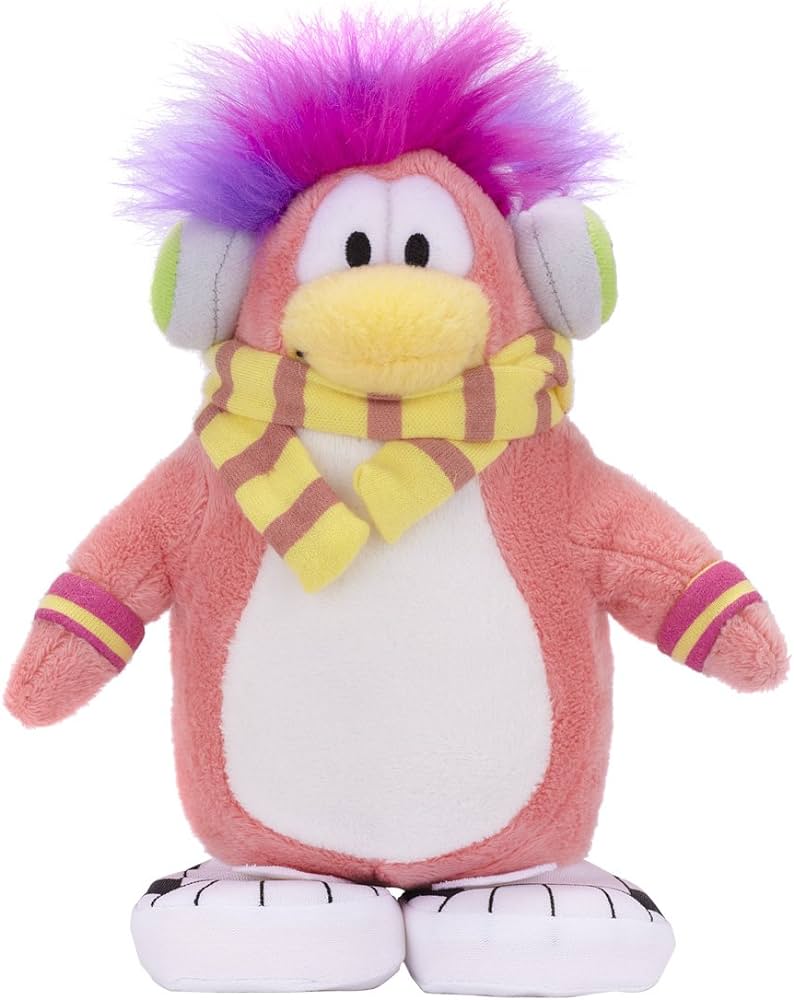
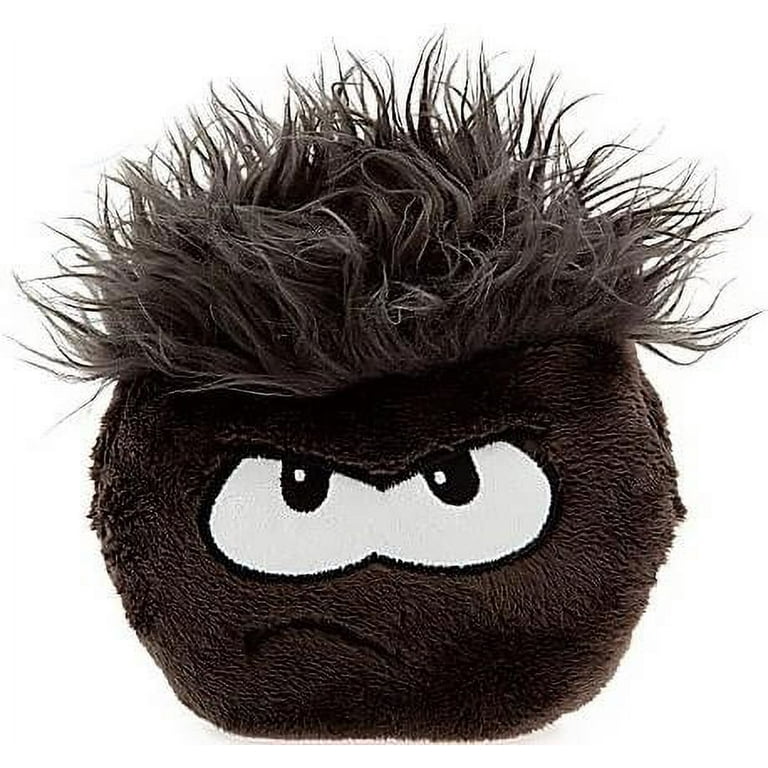



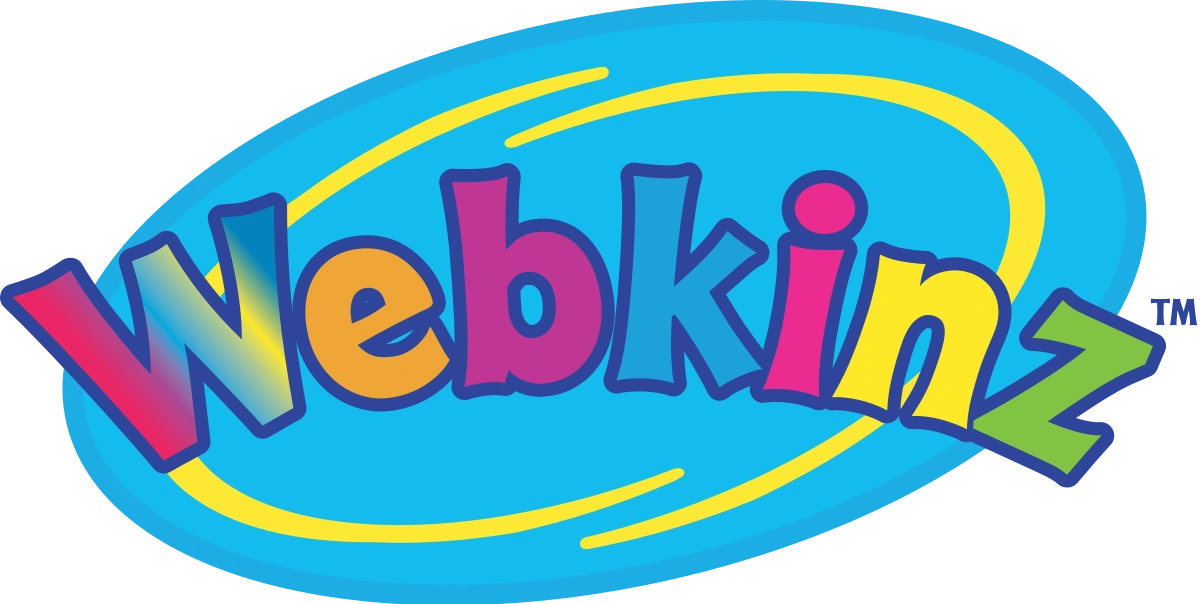
Webkinz is a stuffed animal and video game franchise by the Canadian toy company Ganz. Webkinz stuffed animals have online counterparts in the video game Webkinz. It was originally released in April 2005. Each Webkinz toy has an attached tag with a unique "secret code" printed on it, allowing its owner to play with a digital version of their pet in the game. After the site’s launch in 2005, users could register the code on the tag of their plush toys and play games with the virtual version of their adopted Webkinz pet.
My first Webkinz doll was the Alley Cat. Her name was Keely, and I loved her so much. I even have the original print-out of my account profile and login info from like 2006 (its at my mom's house, I swear I took a picture but I can't find it now...).
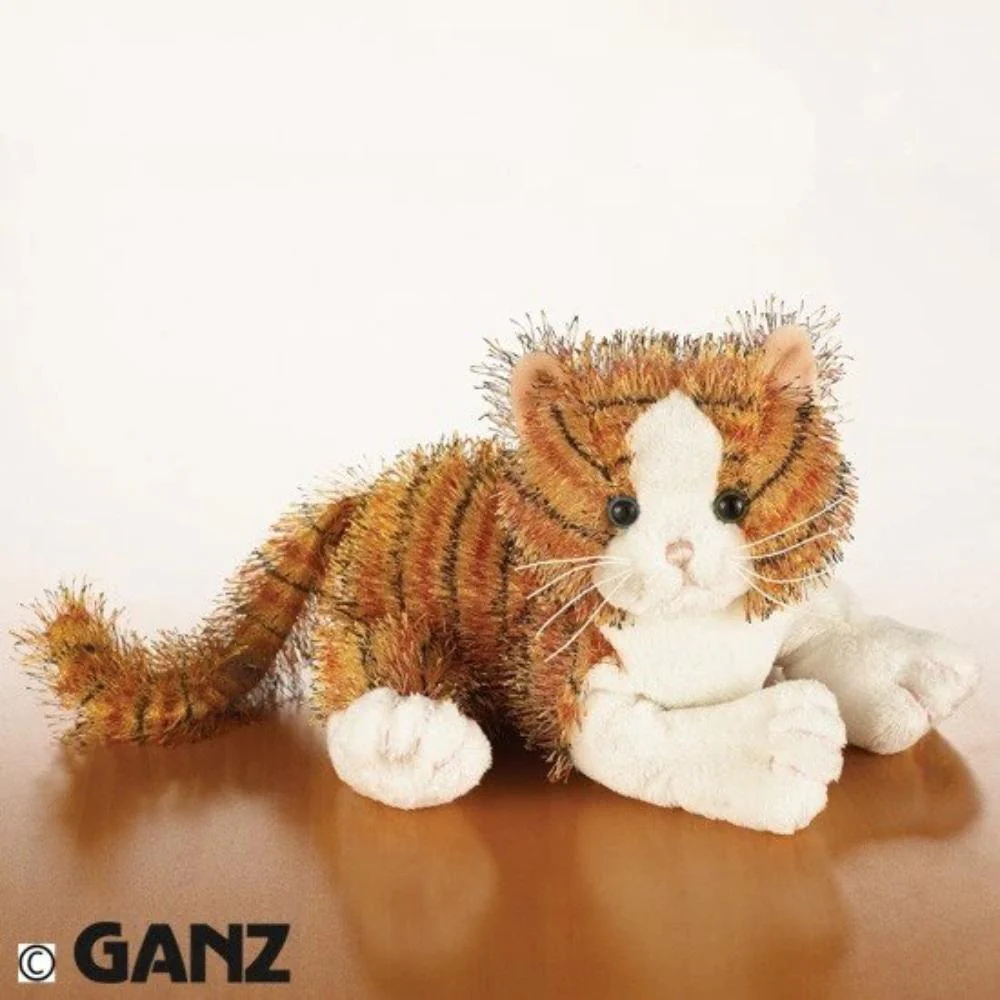
I had collected over 20 Webkinz stuffed animals, from the classic alley cat to the snake to the chicken and many more. I also had the Webkinz charm bracelet, and I remember my grandma would drive all over town to the different stores that carried Webkinz merch to try and find the different charms. I also collected the trading cards, and I got a Webkinz trading card game card binder, which I still have to this day! Now, it holds my old Pokemon cards and some of the Webkinz cards I still have left.

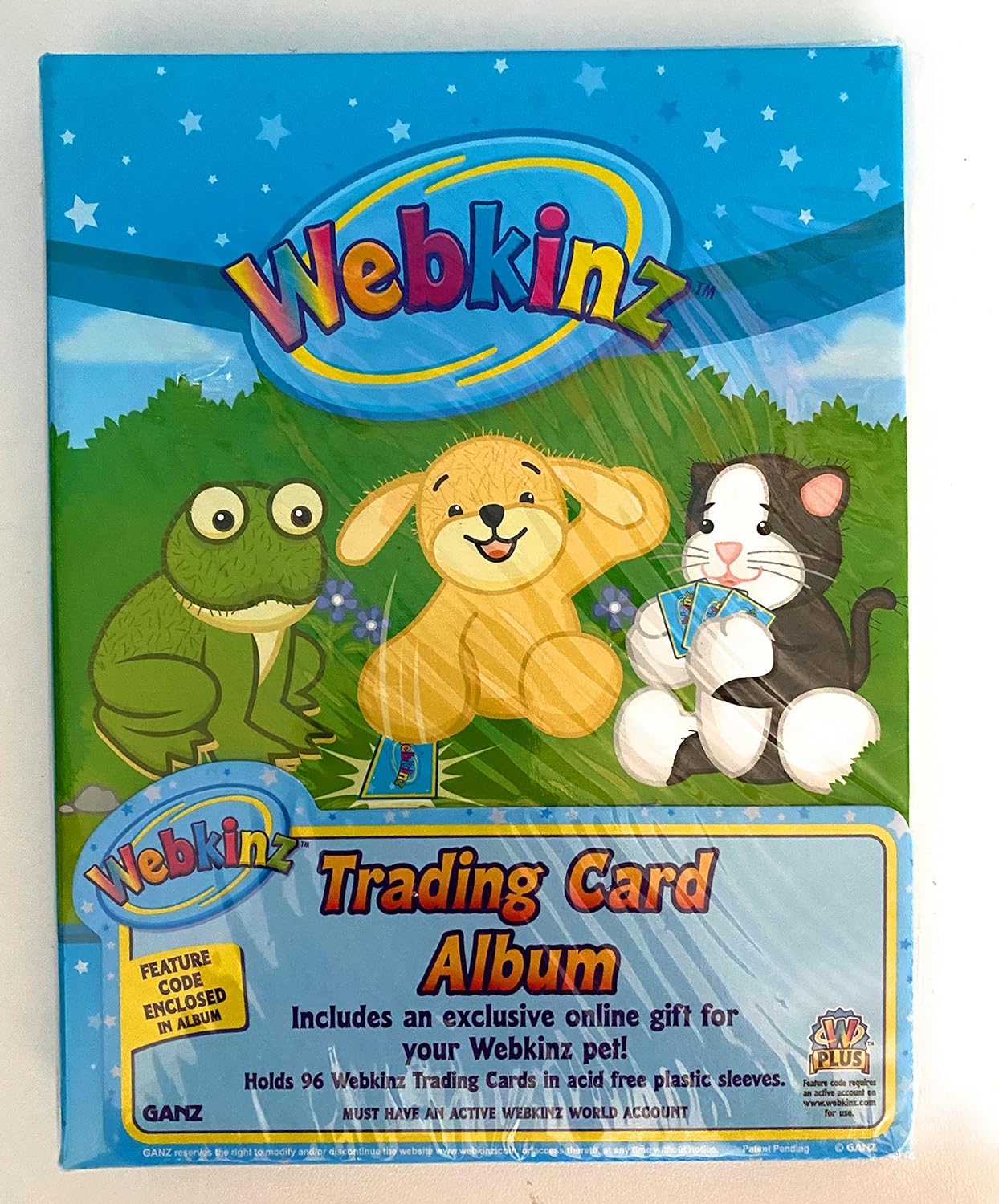
Mazin' Hamsters was a feature that debuted in July 2010, and it was a 3D world in which the player's hamster could run though mazes in a ball. Mazin' Hamsters was home to two sections: the Hamster Hamlet and the Mazes. In Hamster Hamlet, players could use their hamster to explore a 3D world and play games, which would earn Moolah that could be used in the Mazin' Mall. In the Mazes, players could run through obstacle course-like mazes using their hamsters.

Poptropica is an online role-playing game, developed in 2007 by Pearson Education's Family Education Network, and targeted towards children aged 6 to 15. Poptropica was primarily the creation of Jeff Kinney, later known as the author of the Diary of a Wimpy Kid series. The game primarily focuses on problem-solving through game quest scenarios, called "islands". Islands all center on a problem that the player must resolve by going through multiple obstacles, collecting and using items, talking to various characters, and completing goals.
In 2020, because of the discontinuation of Adobe Flash, Poptropica began porting their old islands that were built on Adobe Flash over to an HTML5 format. As a result of Poptropica's utilization of varying Flash engines, a number of islands were unable to be ported immediately, and were effectively removed from the game. Fan archivists later made 35 islands available once again via the Basilisk browser within the Flashpoint program.
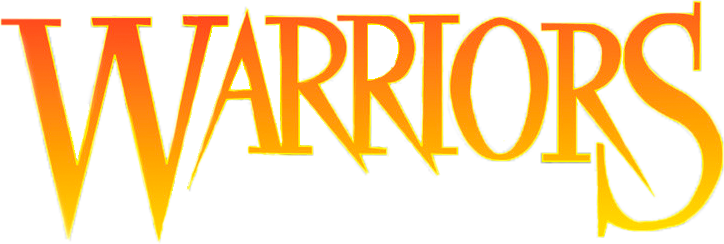
Warriors (also known as Warrior Cats) is a series of novels based on the adventures and drama of multiple Clans of feral cats. The series is primarily set in fictional forests. The first books were published in 2003, and there are new series being published to this day. There are also standalone books, including guides to the lore, short novels, and manga/graphic novels set in the universe.
The cats are split into five groups called Clans: ThunderClan, WindClan, RiverClan, ShadowClan, and SkyClan. Each Clan has adapted to its own terrain. Relationships between different Clans are usually tense and they often come into conflict with one another. However, the Clans also sometimes show concern for each other; the idea of one Clan being destroyed usually causes deep distress and prompts urgent action on behalf of all Clans. The Clans have a unique naming and hierarchy system, in that their names are generally determined by their rank in the Clan.
I originally only read the novels, and I soon found in my school's library the mangas and I became hooked instantly. The first of the mangas I read was Tigerstar and Sasha: Into the Woods. The first volume of the manga that I purchased at a bookstore was The Rise of Scourge, which was my favorite story (of course, I was a little edgy kid). I also really loved Graystripe and was excited to see his journeys illustrated in his titular manga series.
I also remember going onto the Warriors website and playing some of the games and activities that were on the site.
When I got into art as a kid, I of course was always drawing Warrior Cats and made my own Warriors characters. Some of my friends at school also liked Warriors, and we would talk about them and worldbuild together. At the time, Warrior Cats and cat characters were also popular on Flipnote Hatena, and I would always try to draw flipnotes of characters and would love to see ones that others (more talented animators than me) would post.
During the COVID lockdown in 2020, I decided to start reading the Warriors series again, and purchased the set of The Prophecies Begin. It didn't take me long to get sucked back into the world of the Warriors, even finishing some of the novels in one day.


Flipnote Studio is a free application available through the Nintendo DSi's DSiWare digital distribution service. Flipnote Studio allowed the user to create both word-based and picture-based notes with the stylus, add sound, and combine them to create frame-by-frame flipbook-style animations. "Flipnote Hatena" refers to both the portion of the Flipnote Studio application that connects to the Flipnote Hatena website as well as the website itself. Through the DSi portion of the application, users were able to download Flipnotes to their DSi, upload their own Flipnotes, and add stars to Flipnotes uploaded by others. Users could also 'spin off' another user's Flipnote, by downloading it and editing it.
Although the original Flipnote Hatena was shut down, there were services that users could connect to and still share their flipnotes online. Around 2016, I started using Sudomemo and I posted around 20 videos. Most of them were my fandoms at the time like Eddsworld and Overwatch, and the others were of my characters. Some of my flipnotes got so popular that people posted them on Youtube and they currently have a combined 510,000+ views (that's really crazy that my most famous work is a cringy flipnote orz).
TODO: Post my flips from youtube (cringe)

The Fancy Pants Adventures is a series of free side-scrolling Flash games created by American developer Brad Borne. Four worlds have been released so far. Fancy Pants Man is the playable character of the series. He is a two dimensional stick figure man with spiky, choppy hair, wearing only a pair of colored triangular-shaped pants, hence his name. His gameplay is similar to the Sonic the Hedgehog franchise, in which it utilizes momentum-based platforming with running as a major gameplay mechanic.
World 1 was the first installment in the Fancy Pants Adventure series. It was created by Brad Borne, and released March 14, 2006. It is a platforming game that is focused on speed and momentum. World 1 also introduces various trophies, side goals (squiggles and stars), and a variety of colors and styles of pants for the player to try on. The music in the game is composed by Geier Arnold.
You can play World 1 on Armor Games here.
World 2 was the second installment to the Fancy Pants Adventure series. It was released on January 9, 2008. This installment included new moves along with more trophies, pant colors, and bonus stages for the player to discover. The story begins with Fancy Pants Man playing a game of Snail Shell Golf. Upon completing the mini game, the Mayor of Squiggleville appears to reward Fancy Pants Man with an ice cream cone. Before he can enjoy his reward, an angry rabbit appears and steals the ice cream cone from Fancy Pants Man. The mayor informs Fancy Pants Man that he must retrieve the ice cream; "for the sake of humanity, justice, and so that World 2 will have a significant plot line". He then dives into the golf hole after the rabbit.
You can play World 2 on Armor Games here.
I never played the other two worlds, but the first two games hold a lot of nostalgic value for me. My childhood was filled with playing flash games on websites like Newgrounds.

The Nintendo DS is a foldable handheld game console produced by Nintendo, released globally across 2004 and 2005. The DS, an initialism for "Developers' System" or "Dual Screen", introduced distinctive new features to handheld games: two LCD screens working in tandem (the bottom one being a touchscreen), a built-in microphone and support for wireless connectivity.
DS Lite
The DS Lite is the first console I got as a kid in christmas of 2006. It is the second iteration of the Nintendo DS and is slimmer, brighter, and more lightweight than the original. The Nintendo DS Lite was released in North America in June of 2006. The Nintendo DS Lite includes embedded PictoChat software that allows up to 16 users within local range of one another to chat at once. Also included are a real-time clock, an alarm, and touch-screen calibration. The alarm can only be activated if the power is on.

DSi
The DSi is the second console I have owned. I traded in the pink DS Lite at GameStop for the black DSi on my birthday in 2009. While the DSi's design is similar to that of the DS Lite, it features two digital cameras, supports internal and external content storage, and connects to an online store called the Nintendo DSi Shop. Nintendo stated that families often share DS and DS Lite consoles. Its new functionality was intended to facilitate personalization, so as to encourage each member of a household to purchase a DSi.
Sometime in the 2010s, I lost my black DSi. I was absolutely devastated, and I never replaced it until high school. In high school, I bought my new white DSi from my friend for about 20 bucks. I still own the white one now, but the bottom screen is fading around the edges and I need to replace it soon.


3DS
The Nintendo 3DS was released in March 2011. The most prominent feature of the 3DS is its ability to display stereoscopic 3D images without the use of 3D glasses or additional accessories. Other features of the 3DS include its StreetPass and SpotPass tag modes that are powered by Nintendo Network, augmented reality capabilities using its 3D cameras, and Virtual Console, which provides a method for users to download and play video games originally released for older video game systems.
I didn't own a 3DS until high school, where I bought it from one of my friends for something less than 50 dollars. I got an R4 card for it, so I learned to download all of the ROMs for games I wanted. I still own it to this day and its nice to be able to play any 3DS, DS, Gameboy, etc game that I want.

My favorite DS games:


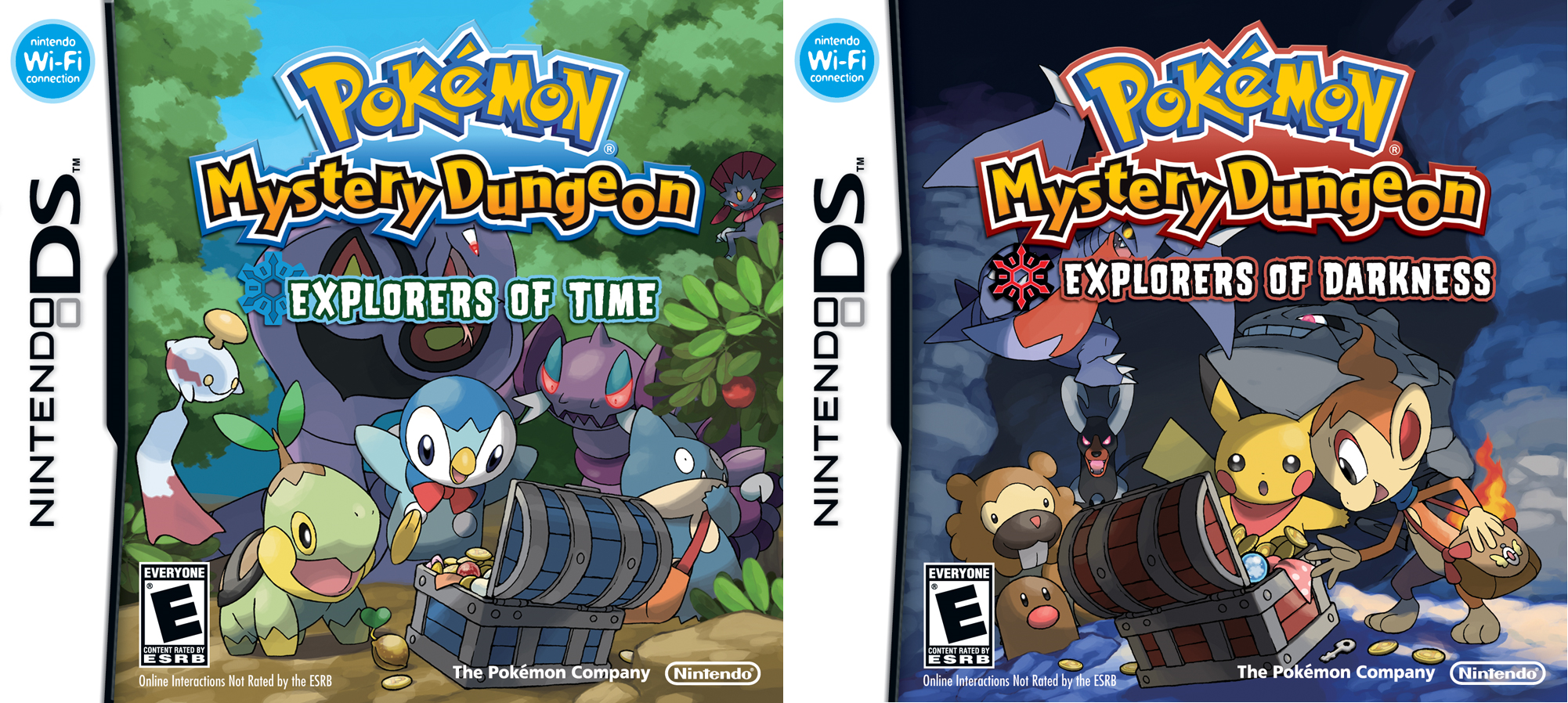

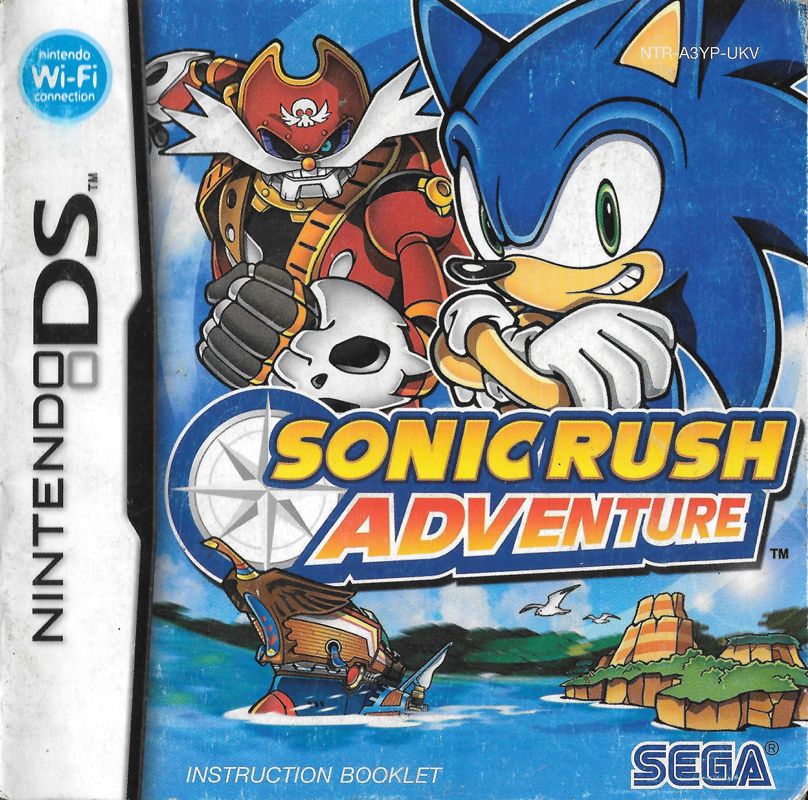





Nintendogs is a real-time pet simulation video game developed and published by Nintendo for the Nintendo DS console. It was originally released in three different versions: Dachshund & Friends, Lab & Friends (Shiba & Friends in Japan) and Chihuahua & Friends. I had Lab & Friends. Nintendogs uses the DS's touchscreen and built-in microphone. The touch screen allows the player to pet a dog, as well as to use various items that can be found or purchased. These range from balls and frisbees, to toys, to grooming supplies to keep the dogs happy. The microphone is used to call to the player's dog by speaking the name given to the dog in the beginning of the game as well as to teach the dog tricks such as "sit" or "roll over". Players can bring their dogs on walks and to the park. They may interact with other players in multi-player by using the DS's wireless linkup. It also uses the DS's internal clock and calendar to allow the dog to grow hungrier or dirtier based on the elapsed time.

I had Nintendogs Lab & Friends on my first DS console and I got it for christmas in 2006. The Metallic Pink DS Lite was my first gaming console, and it was one of my favorite games.

Microsoft 3D Pinball: Space Cadet is a game created in 1995. The Space Cadet table featured the player as a member of a space fleet where they complete missions to increase their rank. Players accept a mission by hitting "mission targets" which select which mission they will take, and by going up the "launch ramp". Players must complete a certain number of tasks in each mission, such as hitting the "attack bumpers" (a set of four bumpers at the top of the table) eight times. Missions would finish when the goal was achieved or when all of the lights beneath the launch ramp were turned off. Play Space Cadet of Microsoft 3D Pinball online!
This game came preloaded onto my family's Windows XP computer in the basement, and I remember playing it often.
This video exploring the origins of Space Cadet is pretty nice.

After Dark is a series of computer screensaver software introduced by Berkeley Systems in 1989 for the Apple Macintosh, and in 1991 for Microsoft Windows. The most famous of the included screensaver modules is the iconic Flying Toasters, which featured 1940s-style chrome toasters sporting bird-like wings, flying across the screen with pieces of toast. Engineer Jack Eastman came up with the display after seeing a toaster in the kitchen during a late-night programming session and imagining the addition of wings.

Sierra Attractions and Berkeley Systems released After Dark Games in 1998 for the Macintosh and Windows platforms, which contained several games modeled after their previously released screensavers.
Below is a short video showing a playthrough of the game.

Windows XP is a personal computer operating system produced by Microsoft as part of the Windows NT family of operating systems. It was released to manufacturing on August 24, 2001, and broadly released for retail sale on October 25, 2001. Windows XP was the first consumer edition of Windows not to be based on MS-DOS. The name "XP" is short for "eXPerience", highlighting the enhanced user experience.
Upon its release, Windows XP received critical acclaim, noting increased performance and stability (especially compared to Windows Me), a more intuitive user interface, improved hardware support, and expanded multimedia capabilities. While retaining some similarities to previous versions, Windows XP's interface was overhauled with a new visual appearance, with an increased use of alpha compositing effects, drop shadows, and "visual styles", which completely change the appearance of the operating system.
The default wallpaper, Bliss, is a photo of a landscape in the Napa Valley outside Napa, California, with rolling green hills and a blue sky with stratocumulus and cirrus clouds. “Bliss” is by far the most viewed image on the internet.
Below is an interesting video exploring the origins of Bliss.
The Start menu received its first major overhaul in XP, switching to a two-column layout with the ability to list, pin, and display frequently used applications, recently opened documents, and the traditional cascading "All Programs" menu. The taskbar can now group windows opened by a single application into one taskbar button, with a popup menu listing the individual windows. The notification area also hides "inactive" icons by default. A "common tasks" list was added, and Windows Explorer's sidebar was updated to use a new task-based design with lists of common actions; the tasks displayed are contextually relevant to the type of content in a folder.


As of 2024, Windows XP is still considered by many to be the be the greatest operating system ever made. The failure of Vista caused many to revert back to XP. Some people still use Windows XP to this day including the United States Military, Doctors, and numerous police forces because some features simply will not work on any newer Windows OS. Windows XP was the first operating system that focused on user experience. The colorful interface was inviting, making computers more approachable for the average user. It definitely felt inviting and exciting when I was first gaining sentience and starting my journey with computers.
My home computer in the basement with huge tower and CRT monitor lived and died on Windows XP and it is an integral part of my childhood. The computer was bought around when I was born in 2001 and still lives in my grandparent's basement. I spent days, nights, weekends on that computer. I played every type of game from CD-ROMs, to flash games, browsed the internet, and probably (accidentally) installed viruses on it. The last time I visited home around 2021, the computer still worked perfectly. Although the computer is still there, I took out the hard drive since it has old photos and data I wanted to transfer off of it. I would love to someday restore the computer to its former glory.




The Office Assistant was an intelligent user interface for Microsoft Office. It assisted users by way of an interactive animated character that interfaced with the Office help content.
The default assistant in the English version was named Clippit, after a paperclip. Although the name Clippit was used in all versions of Microsoft Office that supported the Office Assistant feature, the assistant became commonly referred to by the public as Clippy, a name which later occasionally bled into Microsoft marketing materials. First shipped with Windows 97, Clippy was a “smart” assistant for Microsoft Office. A selfless shape-shifting paperclip who would appear out of nowhere to help you in any way it could.
Despite Microsoft harnessing the knowledge of social psychologists from Stanford to develop these software assistants, there were early signs Clippy was destined to annoy users. Focus groups exposed to the character made frequent references to his “leering” eyes, which product testers found particularly unsettling. Failing to heed their criticism, Microsoft inserted Clippy into the version of Office released in 1996. Users opening a blank document were greeted by a jovial paper clip that offered advice on everything from spelling to saving files.
According to Clippit's illustrator Kevan Atteberry, Microsoft had developed over 250 characters for Office Assistants. Although Clippy received the brunt of criticism, he wasn’t the only Office mascot available to distract and annoy. The Genius was an Einstein-esque icon; Power Pup was a dog that could help you retrieve information. But Clippy was the pre-set helper, and his wiggling eyebrows and contorted paper clip frame burrowed into Windows users’ psyches.
Below is a short video featuring Kevan Atteberry on the creation of Clippy and the Office Assistant characters.
Deviantart!!!!!!!!!!!!
